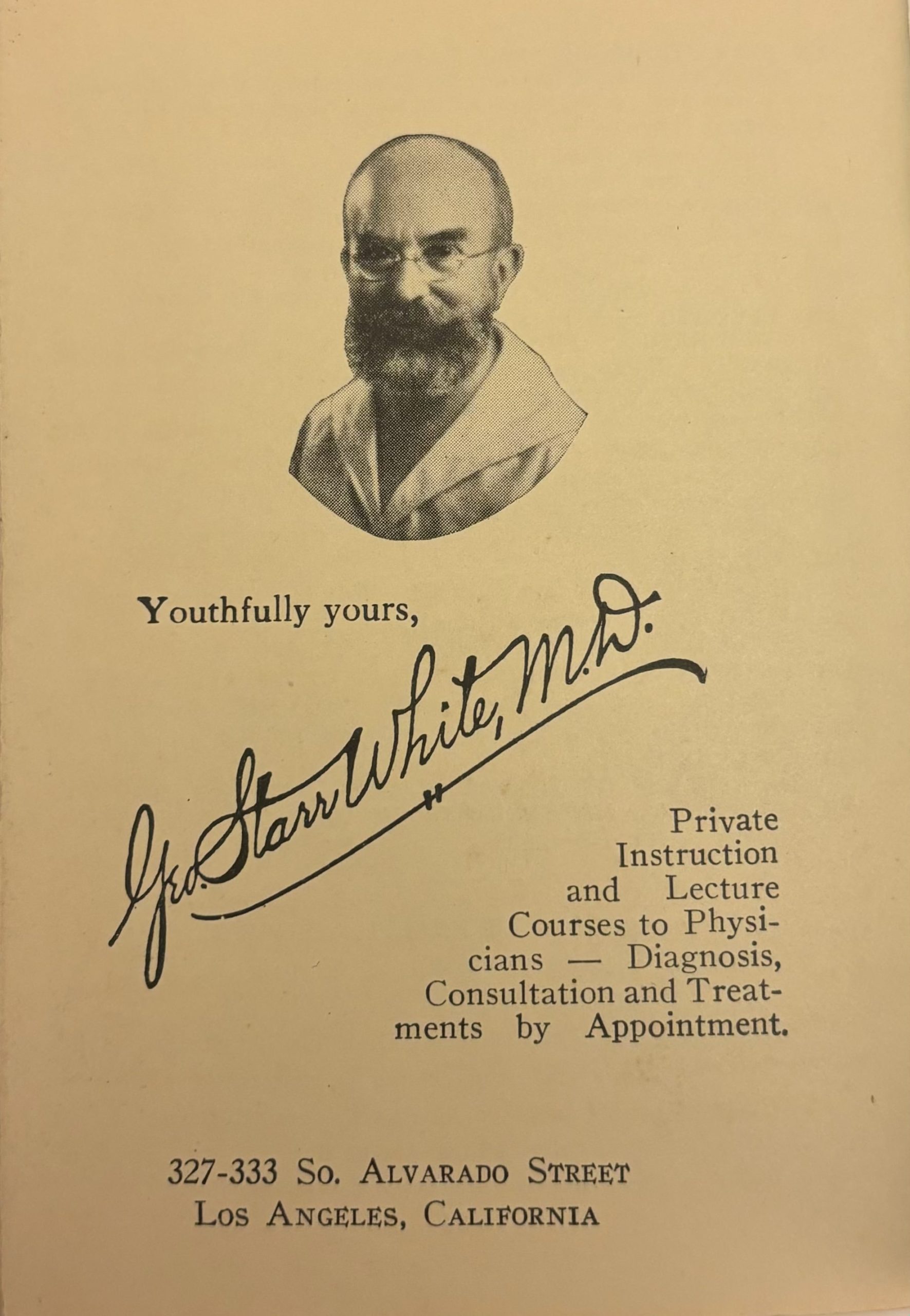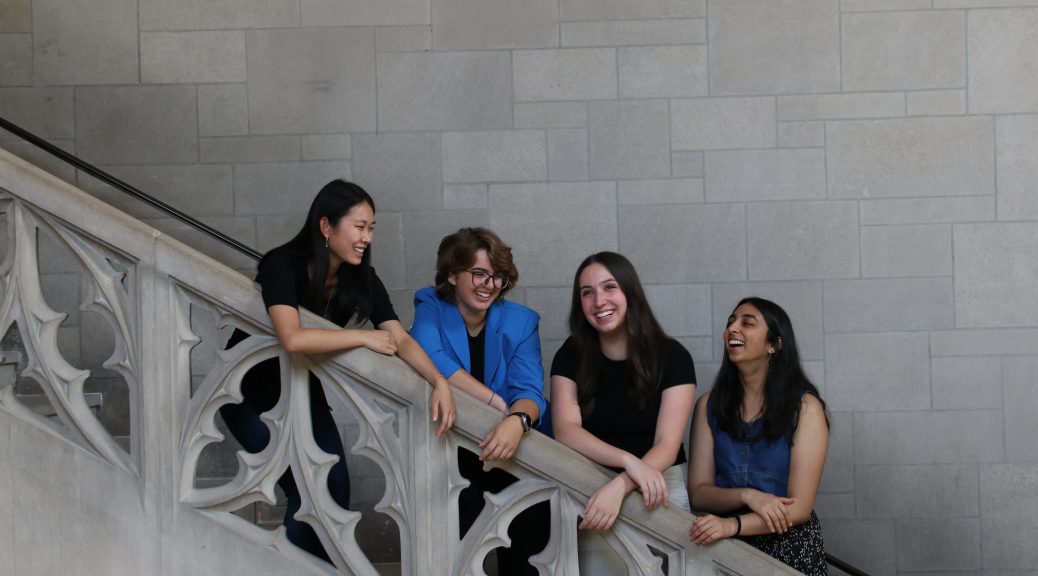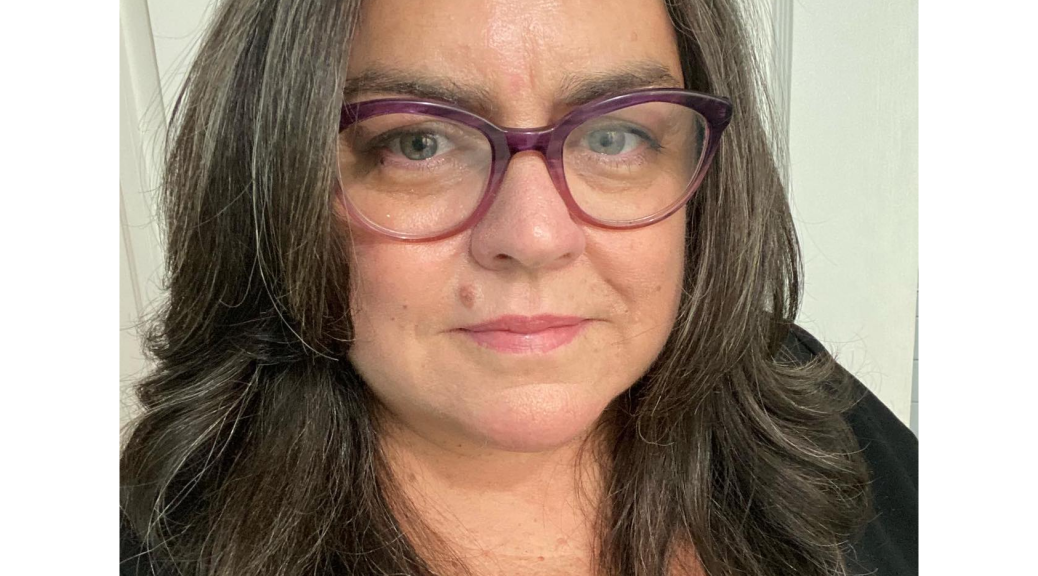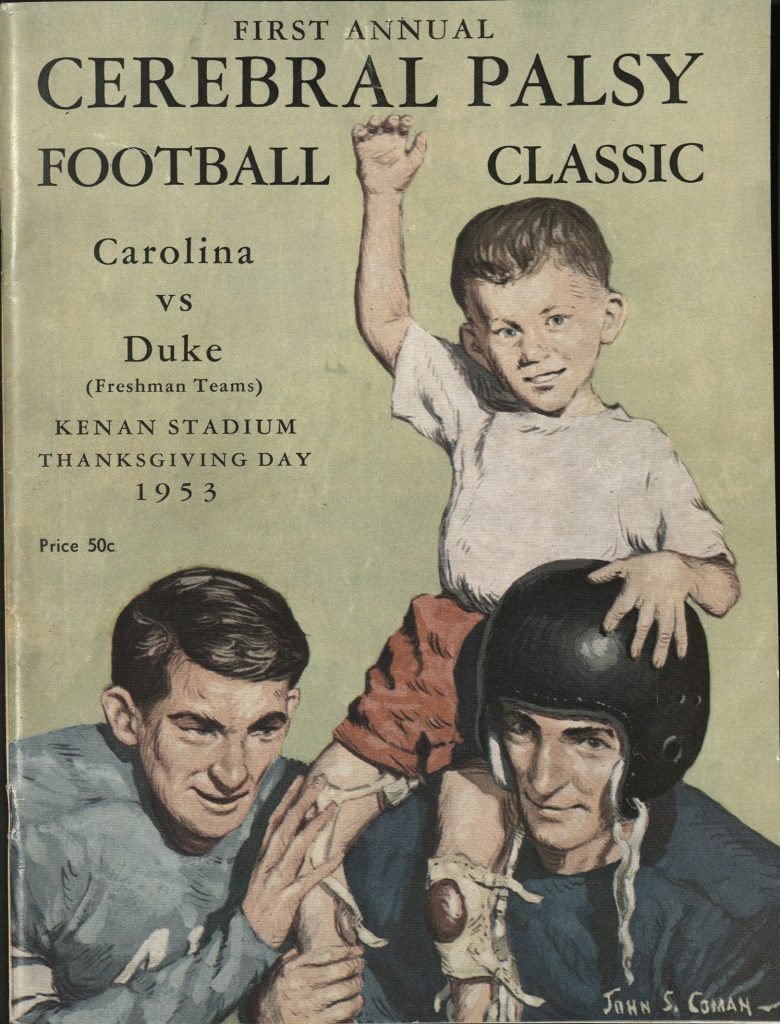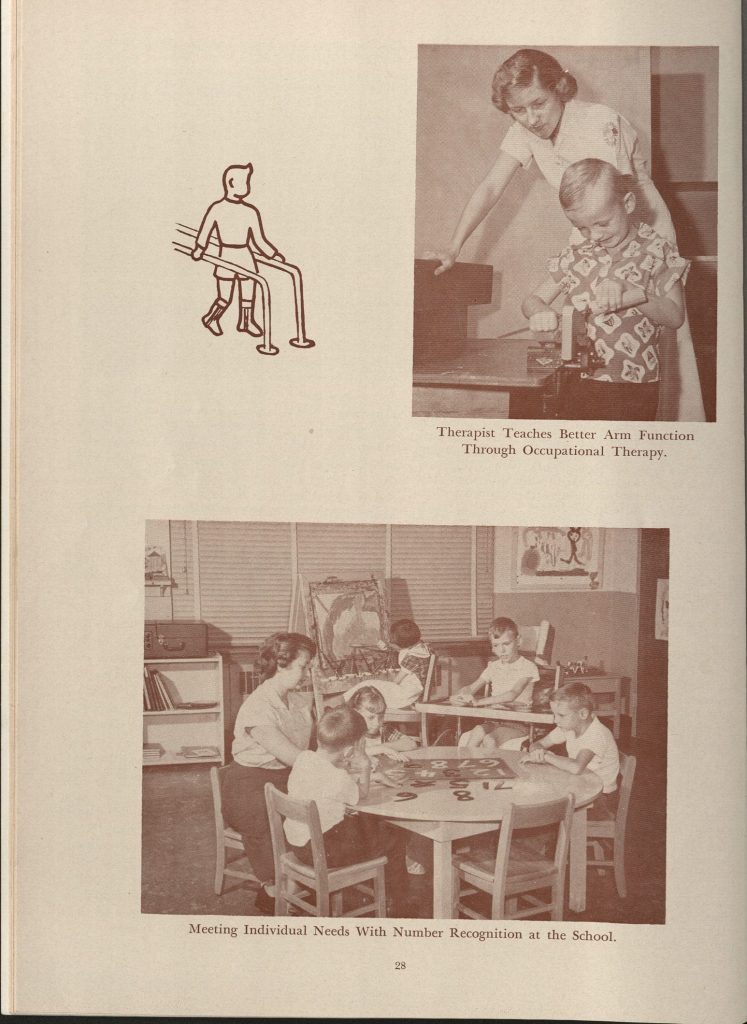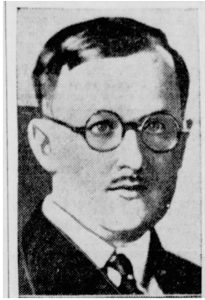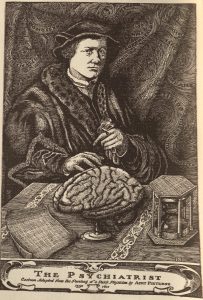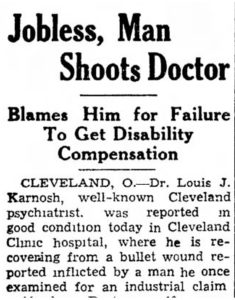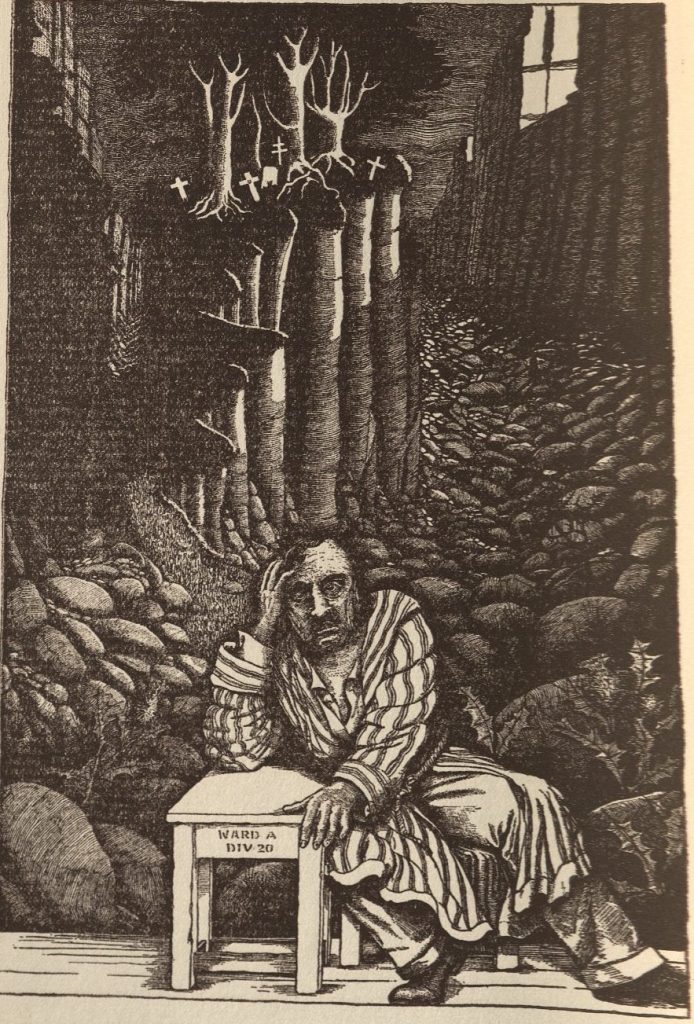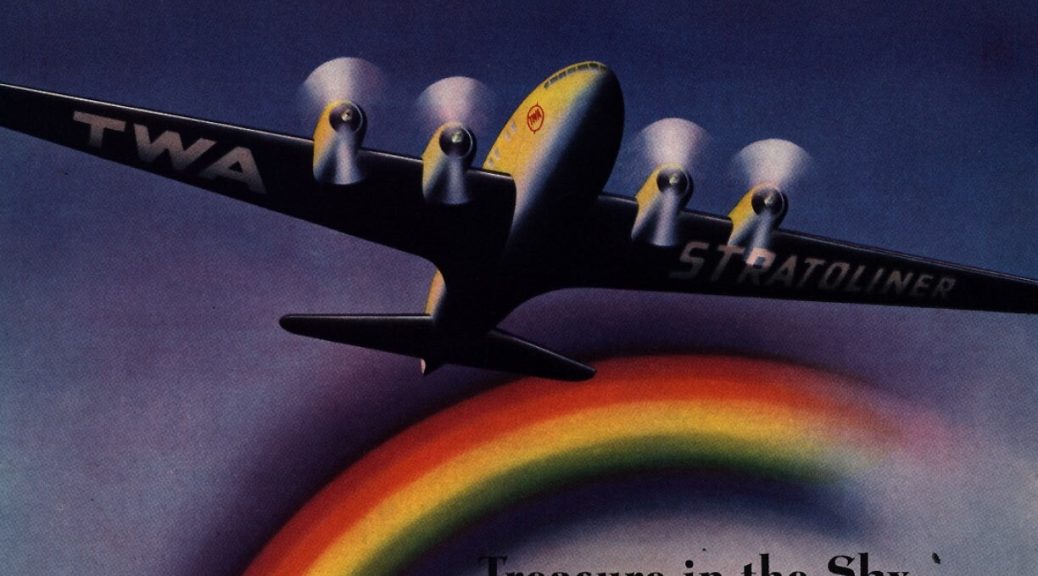Photojournalist and documentarian Roderico “Rode” Yool Díaz is the winner of this year’s Digital Storytelling Award presented by the Rubenstein Rare Book & Manuscript Library at Duke University.

Yool Díaz received the award for his digital project documenting the 2012-2015 genocide trials against former Guatemalan dictator Efraín Ríos Montt. The project includes photos, video, and audio recordings of the trial proceedings, the reading of the verdict, and Ríos-Montt and his legal team reacting to the verdict.
“Time and again documentarians such as Rode remind us that impactful storytelling is contingent on being present,” said Caitlin Kelly, curator for the Rubenstein’s Archive of Documentary Arts, which co-sponsors the award. “Not just to get the shot and leave, but to hold a story with care such that one cannot put it down so easily. Rode’s work isn’t just coverage of a trial, but an unmasking of a legal performance with consequences far beyond the courtroom.”
Born and raised among Guatemala’s indigenous Maya Kaqchikel community, Roderico Yool Díaz has worked as a photojournalist for over 15 years. In Guatemala, he covers issues related to the aftermath of the internal armed conflict (1960-1996) and current economic and political pressures affecting rural campesino and indigenous communities.

As Yool Díaz notes, “This collection is part of a larger archive of five years of hearings from the genocide trial against former dictators Efraín Ríos Montt and Romeo Lucas García. While most of my photojournalistic work has focused on the survivors of the genocide, in this collection I wanted to highlight the defendants as a way of unmasking the leaders responsible for the violence suffered by hundreds of thousands during the war and genocide against the Mayan people in the 1980s.”
The project is divided into four sections: Ríos Montt appears in court for the first time (2012); Intermediate phase hearings, when the case is sent to trial (2012-2013); Genocide trial (March-May 2013); Annulment of the sentence and the second trial (2013-2018).
“Trials are such an important and integral element of the human rights movement going back to Nuremberg,” said Patrick Stawski, Human Rights Archivist at the Rubenstein Library. “The Human Rights Archive has extensive documentation on trials from around the world, but Rode’s project reminds us that trials are not just procedural. His images capture an insurgent, emotional, historical event, one that is simultaneously public yet intimate and affectively human through and through.”
A survivor of the genocide himself, Yool Díaz was born in 1975 on a Dutch-owned coffee plantation where his family had lived and worked as sharecroppers for generations. As a small child, Yool Díaz worked picking coffee and cardamom. He and his family were forced to flee in the early 1980s due to repression by the Guatemalan military. Like thousands of others, his family suffered forced disappearances and recruitment by the Guatemalan military and paramilitary forces.
Yool Díaz spent the rest of his childhood separated from his nuclear family. He worked agricultural jobs and attended night classes. He was the first in his family to attend college, where he studied anthropology, supporting forensic teams in exhumations of mass graves from the internal armed conflict.
After the peace accords in 1996, Yool Díaz witnessed continued violence by police and military against rural indigenous communities, acts that many believed to be a thing of the past. He realized he needed to document the violence to prove that it was still happening.
“I think it is important to understand a story is not just a collection of facts or the narrative of a specific event,” said Yool Díaz. “It is a human experience and has to be treated with care. It is essential not to reproduce the extractivist cycle that for so long has been applied to indigenous people and our communities.”
Since moving to North Carolina, Yool Díaz also documents resilience through culture and activism in Latin American immigrant and indigenous communities of the South.
The Rubenstein Library Digital Storytelling Award is co-sponsored by the Human Rights Archive and the Archive of Documentary Arts at the David M. Rubenstein Rare Book & Manuscript Library. The award seeks to support outstanding documentary artists/activists exploring human rights and social justice, while expanding the digital documentary holdings in the archive and ensuring long-term preservation and access to their work. The award seeks to encourage artists/activists that pull from the strengths of multi-modal documentary and digital deployment. Going beyond the core mission of transmitting information, these digital storytellers create deeply contextualized, multi-sensory projects that may include still image, moving image, oral histories, soundscapes, and documentary writing. Winners receive $2,500 and are invited to present their work at Duke University, where they collaborate with a team of archivists to preserve their work.
The David M. Rubenstein Rare Book & Library has a strong commitment to human rights and the documentary arts through collecting and making available works by creators from around the world. Our collections document the impact that organizations and individuals have, and the role documentary plays, to motivate the thinking of others and support action that will transform the world.
Roderico Yool Díaz papers: https://archives.lib.duke.edu/catalog/yooldiazroderico
Roderico Yool Díaz website: https://rodediaz.com/













